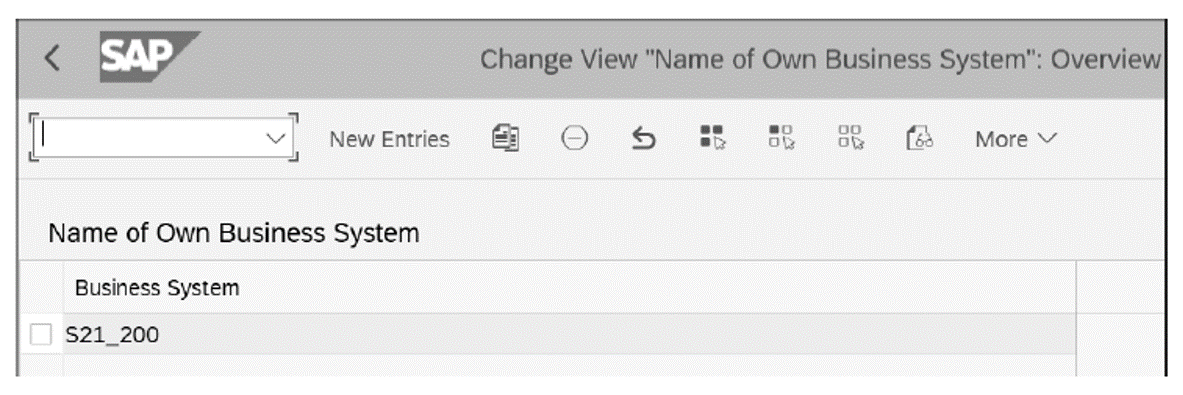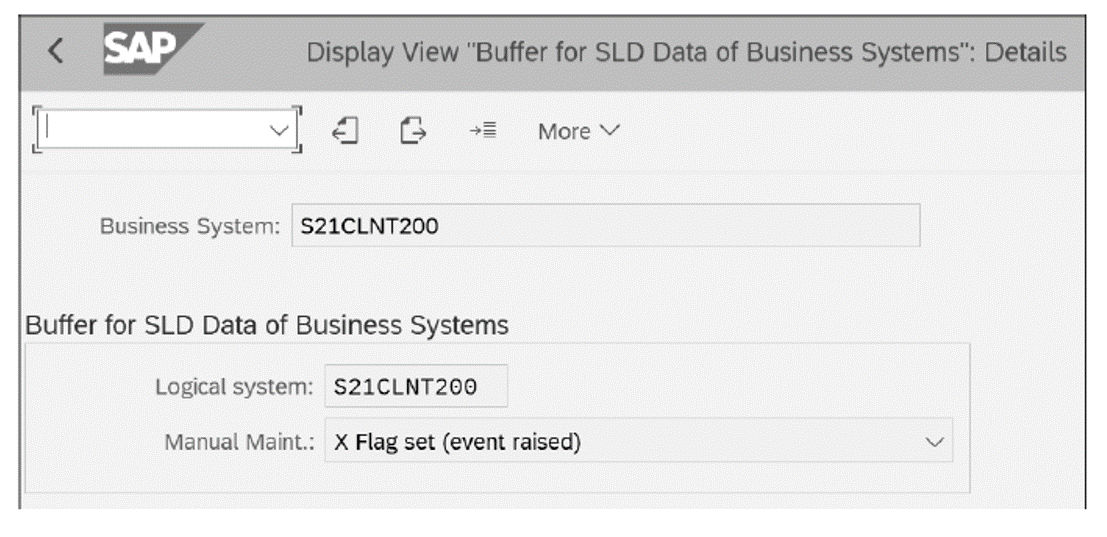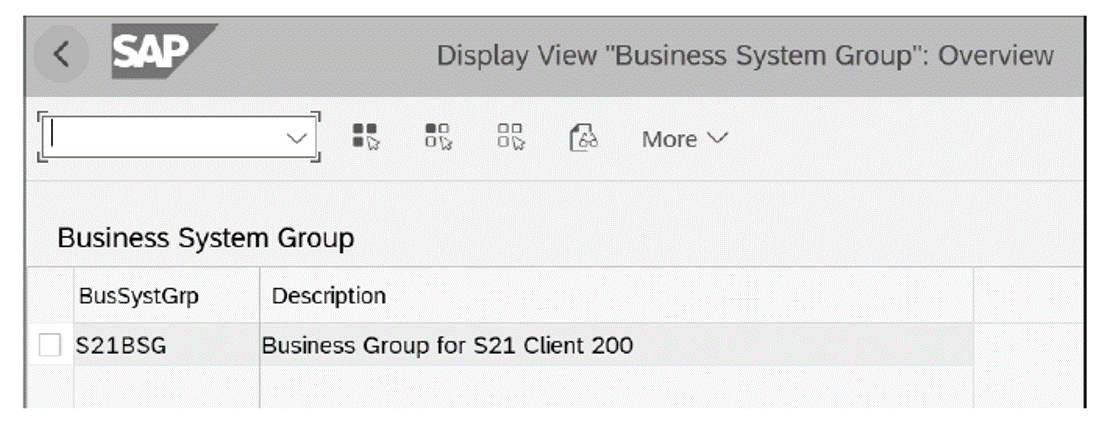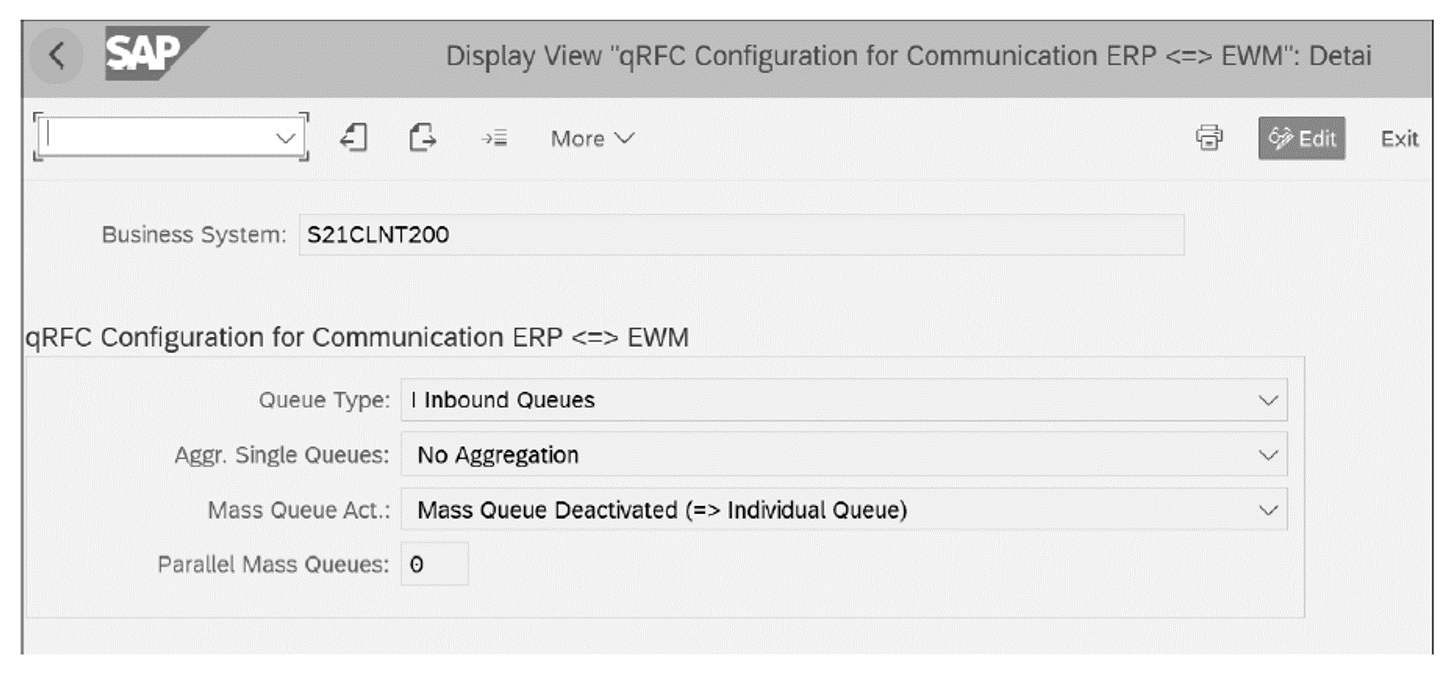After installing the SAP S/4HANA client, you can either configure the client manually or set up a best practice client and activate the content.
If you’re implementing decentralized EWM in SAP S/4HANA, you must select the EWM is Decentralized checkbox using SAP IMG SCM Extended Warehouse Management > Extended Warehouse Management > Enable Decentralized EWM.
For more details, refer to the SAP Best Practices content at (https://rapid.sap.com/bp).
In this post, we’ll cover the required configuration settings in SAP S/4HANA to set up the integration with embedded EWM. The following steps are usually carried out by the Basis team at your organization:
1. Define the RFC Destination
Communication between the embedded EWM application component and SAP S/4HANA happens via qRFCs. You’ll set up RFC destinations for qRFC to help manage communication processes, error handling, and so on.
The RFC destination can be created in Transaction SM59, which can also be accessed from IMG path SAP NetWeaver > Application Server > IDoc Interface/Application Link Enabling (ALE) > Communication > Create RFC Connections. The name of the RFC destination should match that of the logical system.
2. Define the Logical System
In this step, you define the logical system for SAP S/4HANA. The logical system can be created from Transaction BD54, which can also be accessed from IMG path SAP NetWeaver > Application Server > IDoc Interface/Application Link Enabling (ALE) > Basic Settings > Logical Systems > Define Logical System.
3. Define the Dummy Logical System
In this step, you define a dummy logical system for the embedded EWM application. This setting is required for creating the distribution model needed for setting up the qRFC communication. The logical system can be created from Transaction BD54, which can also be accessed from IMG path SAP NetWeaver > Application Server > IDoc Interface/Application Link Enabling (ALE) > Basic Settings > Logical Systems > Define Logical System.
Note: Although EWM is embedded in SAP S/4HANA, a dummy logical system still needs to be created to establish communication between embedded EWM and SAP S/4HANA. Standalone SAP EWM, however, would require you to create an actual logical system for the SAP EWM system.
4. Assign the Logical System to the Client
In this step, you assign the logical system of SAP S/4HANA to the client. The assignment can be made from IMG path SAP NetWeaver > Application Server > IDoc Interface/Application Link Enabling (ALE) > Basic Settings > Logical Systems > Assign Logical System to Client. You can skip this step if the SAP S/4HANA logical system is already assigned to a client.
5. Determine the RFC Destination for the Method Calls
In this step, you set up the RFC destinations for the method calls in SAP S/4HANA. Enter the RFC destination of the embedded EWM system as the RFC destination in the SAP S/4HANA system. This assignment is made from Transaction BD97, which can also be accessed from IMG path SAP NetWeaver > Application Server > IDoc Interface/ Application Link Enabling (ALE) > Communication > Determine RFC Destinations for Method Calls.
You’ll also assign the RFC destination for method calls in SAP S/4HANA. This assignment is made from Transaction SE38, which can also be accessed from IMG path Tools > ABAP Workbench > Development > ABAP Editor. On the program selection screen, enter “/SCWM/R_ERP_RFC_DEST”. In the RFC Destination field, enter the RFC destination of the SAP S/4HANA system.
6. Define the Queues
In this step, you define the queues for transfer of data to embedded EWM. You need to do so because data is sent to embedded EWM using qRFCs. In the Receiver field, provide the logical destination of the embedded EWM system. The queues can be defined via IMG path Logistics Execution > Extended Warehouse Management Integration > Basic Setup of Connectivity > Define Queue for Transfer to SAP EWM.
7. Set the QOUT and QIN Schedulers
In this step, you set up the scheduler for automated processing of inbound and outbound queues in SAP S/4HANA. Set the QOUT Scheduler in Transaction SMQS. While setting the outbound scheduler, set the logical system for the SAP S/4HANA system as the destination because that is where data from qRFCs will be sent. The QIN Scheduler is called with Transaction SMQS. For the inbound scheduler, provide the names of inbound queues that need to be registered. If the queues aren’t registered, they won’t be processed.
The configuration settings that need to be made in the embedded EWM application component to complete the integration with the SAP S/4HANA application are as follows.
1. Define Your Business System
In this step, you define your own business system. Provide the name of the system where you installed EWM, which, in this case, is the name of the SAP S/4HANA logical system. The figure below shows how your business system is defined in embedded EWM. Follow IMG path SCM Extended Warehouse Management > Extended Warehouse Management > Interfaces > ERP Integration > General Settings > Define Own Business System.

2. Define All the Systems in the System Landscape
In this step, you define the business system and all systems that are part of the system landscape. In this case, provide the name of the SAP S/4HANA logical system. The embedded EWM system uses the business system stored in the warehouse to request documents to identify the logical system of SAP S/4HANA. The next figure shows how your business system is defined in embedded EWM. Follow IMG path SCM Extended Warehouse Management > Extended Warehouse Management > Interfaces > ERP Integration > General Settings > Define Business System.

3. Maintain the Business System Group
Next, define the business system group as shown in the figure below. Follow IMG path SCM Extended Warehouse Management > SCM Basis > Integration > Basic Settings for Creating System Landscape > Maintain Business System Group.

3
4. Assign the Logical System and Queue Type
In this step, assign the logical system of SAP S/4HANA and the queue type to the business system group, as shown below. Follow IMG path SCM Extended Warehouse Management > SCM Basis > Integration > Basic Settings for Creating System Landscape > Assign Logical System and Queue Type.

5. Define the Control Settings for the RFC Queue
In this step, define the settings for outbound communication from embedded EWM to SAP S/4HANA. Embedded EWM uses qRFCs to send data related to deliveries and goods movements to SAP S/4HANA. The final figure shows the control settings required for qRFCs. Follow IMG path SCM Extended Warehouse Management > Extended Warehouse Management > Interfaces > ERP Integration > General Settings > Control for RFC Queue.

Editor’s note: This post has been adapted from a section of the book Warehouse Management with SAP S/4HANA by Namita Sachan and Aman Jain. Namita is a senior manager at PricewaterhouseCoopersUK with more than 17 years of experience with standalone SAP EWM, embedded EWM in SAP S/4HANA, SAP Global Trade Services (SAP GTS), and other SAP supply chain management solutions. Aman is a director at Innosight UK as well as an SAP supply chain management solution architect for the United Kingdom and Ireland. He has a special focus and expertise in SAP EWM and SAP Transportation Management (SAP TM) and runs his own SAP SCM solution consulting company, focusing on SAPEWM, SAP TM, SAP Yard Logistics, and digital logistics.



Comments